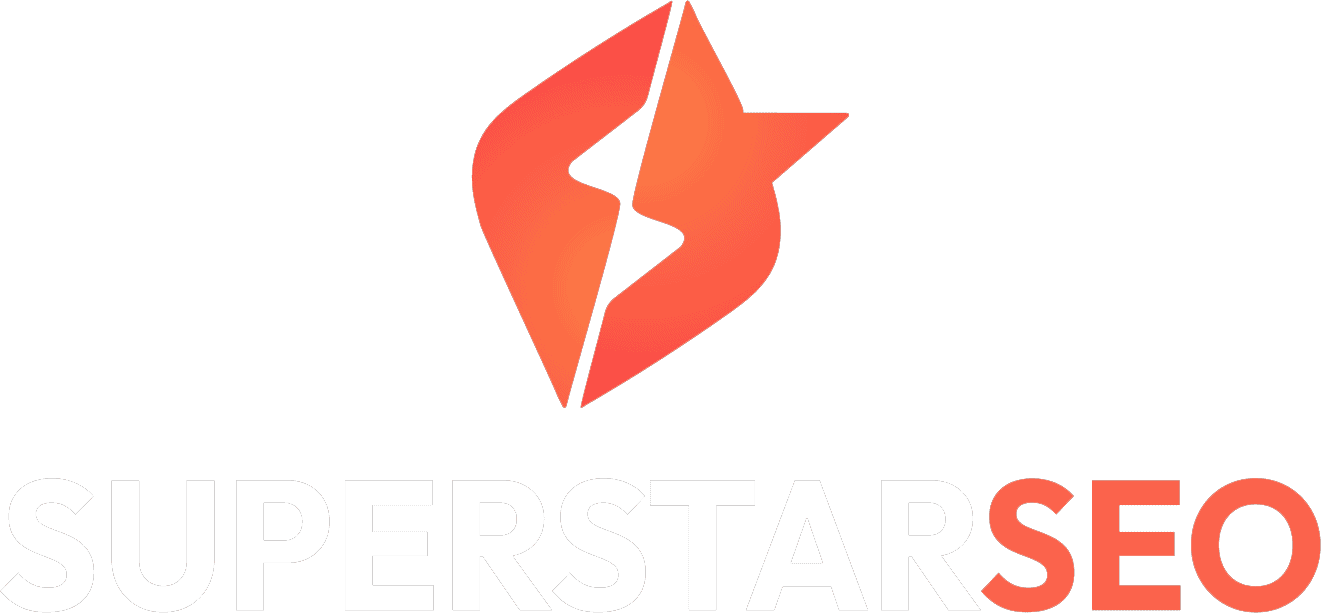
Above The Fold Content
Above-The-Fold Content: Does It Still Matter in 2023?
What is above-the-fold content? Above-the-fold content is a term used to describe the part of a webpage that is visible when a page first loads.
This content does not have a scroll down the page, making it important for website owners and marketers.
Above-the-fold content should be engaging and relevant, as it's the first thing users will see when visiting your website.
The main purpose of above-the-fold content is to grab people's attention and encourage them to learn more about you, your product or service, or whatever else you are trying to promote.
By providing important information up front, visitors can quickly determine whether they want to explore further or move on.
It should also provide an easy way for visitors to navigate to other parts of your website.
One needs to optimize above-the-fold content for mobile devices, ensuring that all users have an enjoyable experience on your website regardless of how they're accessing it.
Above-The-Fold Content Tips for Better Optimization
1. Optimize Each Element Above the Fold
Optimizing each element above the fold is a crucial part of website design.
The content in this area should be enticing and engaging, as it will be the first thing visitors see when they land on your page.
This includes elements such as
- your logo,
- navigation bar,
- your USP (Unique selling proposition)
- your brief introductory paragraph
- your contact info
- your CTA
- and any other key visuals you'd like to include.

It's important to ensure that these elements are laid out properly, as this is what will grab visitors' attention and encourage them to keep browsing your page.
Additionally, optimizing above the fold can help improve search engine rankings by providing more relevant content for search engines to rank higher in results.
By ensuring that, you can build an effective website that drives traffic and conversions.
2. Visual Sells
Visual optimization is a key factor to consider when creating and optimizing your above-the-fold content.
It is essential for businesses to create optimized, visually appealing images, videos, and other visuals for various online platforms.
Visuals can help instantly grab the attention of customers, so it is important to ensure that they are optimized for the most engaging experience.
This means making sure the visuals are of high quality, properly sized, and easy to navigate on mobile devices or desktop computers.
Visuals should also be designed with the target audience in mind; this ensures that they are tailored to capture the interests of potential customers.
3. Use Above-The-Fold CTAs BUT Sparingly
CTAs, or calls to action, should be used sparingly if you want to improve your above-the-fold content SEO.
If used too often, it can become overwhelming and turn away potential customers.
Instead of using multiple CTAs above the fold, it's best to have one strong call to action that is concise and relevant to the page's content.
According to Leighton Interactive, the average CTR for CTA copies ranges between 5.31% and 70%.
That's why it should also be placed in an eye-catching spot where it will draw the user's attention and encourage them to click through.

Additionally, make sure that you're optimizing your CTA for mobile users so that it still looks great on smaller devices.
By following these guidelines and using above-the-fold CTAs sparingly, you can ensure that your website visitors will have a pleasant experience when visiting your site and be more likely to take the desired action.
How Does Above-The-Fold Content Affect Your SEO?
Having relevant and optimized content above the fold can help boost SEO rankings and improve visibility for a website.
Content should be optimized to focus on keywords, meta tags, titles, and descriptions.
Additionally, placing visually appealing elements such as images or videos can help draw attention to the content above the fold.
By ensuring that your website has quality content above the fold, you can make sure your site performs better in search engine results pages (SERPs).

